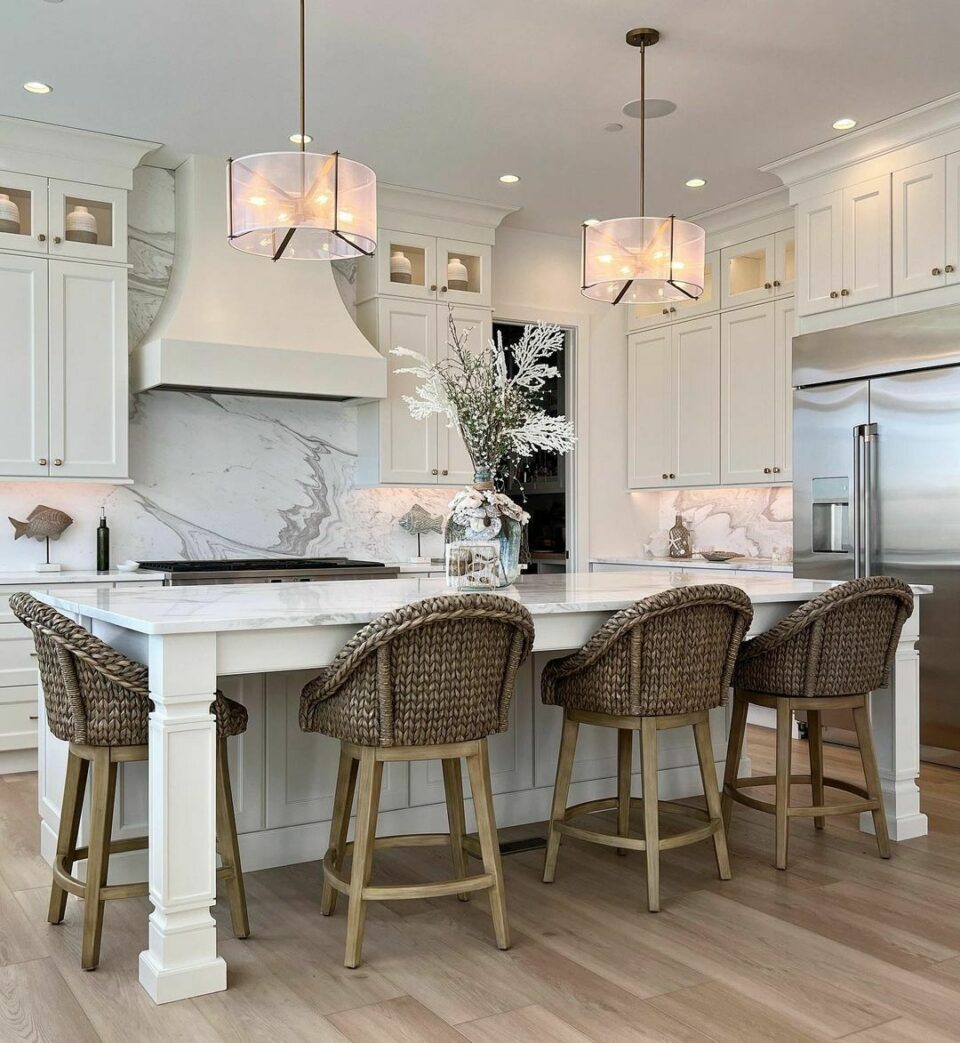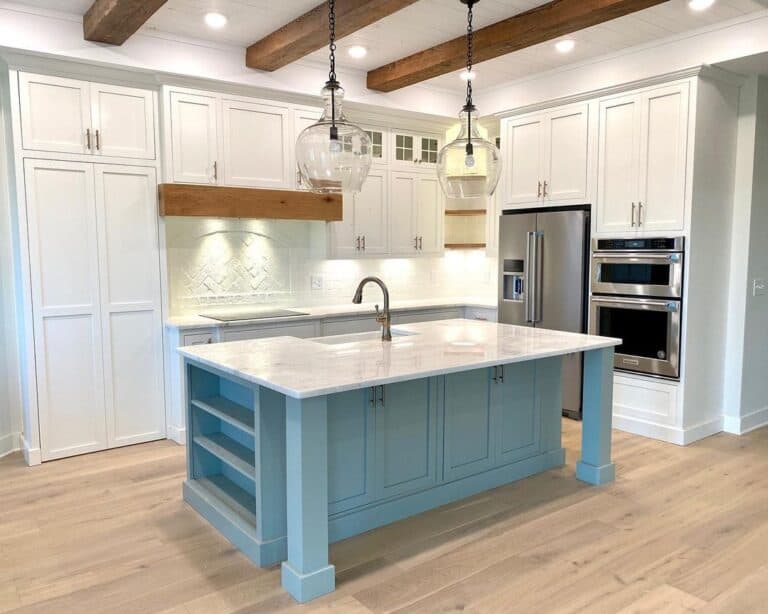Ingenious and Trendy Styles in Modern Legs For Kitchen Island Solutions
Ingenious and Trendy Styles in Modern Legs For Kitchen Island Solutions
Blog Article
Vital Aspects to Think About When Choosing Legs For Cooking Area Island
Selecting the ideal legs for a kitchen area island entails a cautious analysis of several factors that can substantially influence both performance and visual charm. As we discover these elements, it ends up being clear that each decision can have significant effects for the overall cooking area experience.
Material Options
When choosing legs for a cooking area island, understanding the different product options is vital for attaining both aesthetic charm and architectural integrity (Legs For Kitchen Island). The option of product dramatically influences not only the toughness of the island but also its general layout and capability
Timber is a popular option, supplying warmth and flexibility. Strong woods, such as oak or maple, give strength and can be tarnished or painted to match the kitchen design. Steel legs, usually made from stainless-steel or wrought iron, contribute a industrial and contemporary feel while making sure toughness and security. These products are immune to put on and can sustain significant weight, making them excellent for bigger islands.
An additional alternative is crafted materials, like MDF or plywood, which can be much more affordable while still offering a series of finishes. They might not supply the exact same level of security as strong wood or steel. Legs For Kitchen Island. Products such as acrylic or glass can create a modern appearance, though they may call for extra support to make certain stability.
Ultimately, the option of material for kitchen island legs need to line up with the desired capability and the overall style of the kitchen.
Design And Style

When considering style, the form and surface of the legs are important. Conical legs can offer a feeling of agility and style, while thicker, more robust legs can communicate stamina and stability. Furthermore, the surface-- be it painted, stained, or all-natural-- must match the cabinets and counter top products to produce a unified look.
Furthermore, the design of the legs can also reflect individual preference. Personalized or attractive legs, such as those including elaborate carvings or unique geometric shapes, can work as centerpieces, including character and personality to the kitchen. Inevitably, the appropriate selection will not only boost capability however also elevate the visual charm, making the kitchen island a standout feature of the home.
Elevation Considerations
Choosing the ideal elevation for kitchen area island legs is essential, as it directly influences both performance and comfort. The typical height for a kitchen island typically varies from 36 to 42 inches, aligning with usual counter top heights. A 36-inch elevation is perfect for food preparation and food preparation, allowing for comfy use of cooking area home appliances and tools. On the other hand, a height of 42 inches is usually chosen for islands planned for bar seating, suiting taller stools and supplying a laid-back eating experience.

It is additionally necessary to account for users' heights and preferences. Tailoring the height can make certain a comfortable experience for all member of the family, making the cooking area island a much more satisfying and useful space.
Weight Support
Ensuring appropriate weight assistance for cooking area island legs is crucial for both safety and security and functionality. The kitchen island typically serves several functions, including food preparation, dining, and extra storage space, requiring a robust assistance structure. When choosing legs, it is critical to think about the overall weight ability required based on the island's planned usage and the products that will be put on it.
The choice of product for the legs plays a considerable function in their weight-bearing abilities. Solid wood, steel, and durable composites generally give remarkable toughness compared to lighter materials. Furthermore, the design of the legs-- whether they are directly, tapered, or have a pedestal form-- can affect their capacity to distribute weight successfully across the framework.
Always seek advice from the manufacturer's specs pertaining to load limitations to make sure that the legs can sustain the intended weight without compromising safety. In recap, selecting kitchen area island legs with ample weight assistance is vital for developing a functional and safe culinary area.
Installation and Maintenance
Correct installation and upkeep of kitchen area island legs are critical for making certain durability and security. To begin, it is vital to adhere to the maker's standards during setup. This typically includes securing the legs to the island base making use of suitable fasteners, guaranteeing that the legs are degree and straightened. Making use of a degree tool can help protect against tottering and improve the general aesthetic allure of the kitchen area island.
When set up, routine upkeep is essential to preserve the honesty and appearance of the legs - Legs For Kitchen Island. For wood legs, periodic cleansing with a wet towel read what he said and application of ideal wood polish can protect against moisture damage and keep their coating. Metal legs might require a mild cleaning option to get rid of grease and grime, followed by a dry towel to stop corrosion formation
Furthermore, examine the legs regularly for indicators of wear or damage, such as cracks or loose joints. Tightening screws or screws as needed can additionally lengthen the life-span of the legs. By sticking to these installment and upkeep techniques, house owners can make sure that their kitchen island stays official statement strong and aesthetically appealing for several years to come.
Conclusion

Visual comprehensibility is extremely important in picking the design and design of legs for a kitchen area island, as these components considerably influence the general setting of the space. Tapered legs can offer a feeling of agility and elegance, while thicker, a lot more robust legs can convey toughness and stability.Selecting the suitable height for kitchen island legs is crucial, as it directly affects both performance and comfort. In summary, selecting kitchen island legs with adequate weight assistance is essential for creating a risk-free and useful cooking space.
In conclusion, choosing legs for a cooking area island demands mindful consideration of numerous aspects, consisting of material choices, style, elevation, weight assistance, and installation.
Report this page